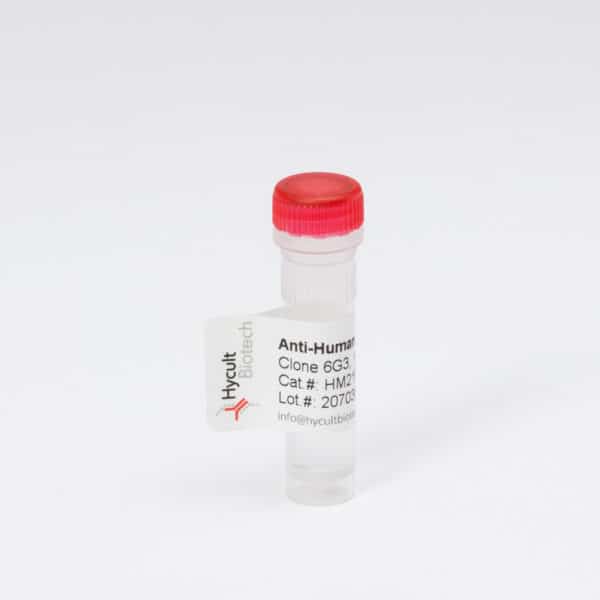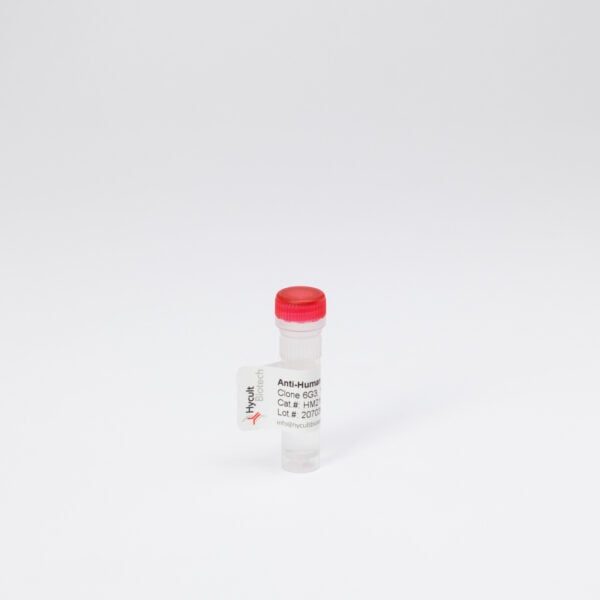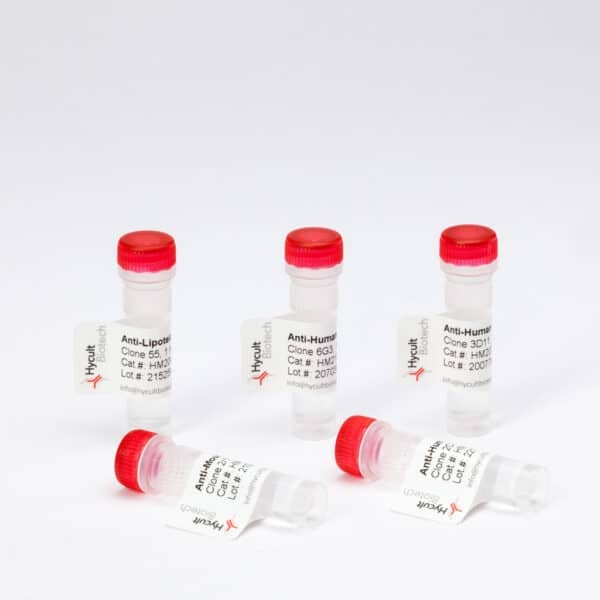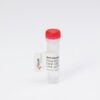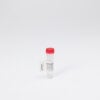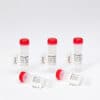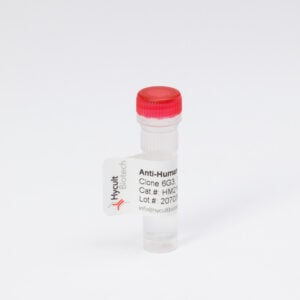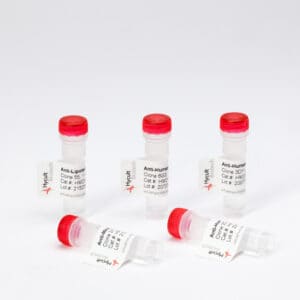BPDE-DNA, mAb 5D11
€125.00 – €533.00
A number of chemicals, including polycyclic aromatic hydrocarbons (PAHs), have been shown to bind to DNA. This DNA damage can occur both early and late in the malignant process, thereby acting as an initiator and assisting in the progression of tumors. PAHs are released into the environment following incomplete combustion of organic materials. The most common sources of PAHs are from smoking and from consuming broiled or grilled foods. Human exposure to PAHs comes from various occupational, environmental, dietary and medicinal sources. Benzo[a]pyrene is a representative PAH. Antibodies to benzo[a]pyrenediol-epoxide modified DNA (BPDE-DNA) can be used to identify polycyclic aromatic hydrocarbon (PAH)-DNA adducts. Exposure to this group of compounds is believed to be carcinogenic. The monoclonal antibody 5D11 recognizes BPDE-I-DNA (PAH-DNA).
IA: plates were coated with 50 ng/well BPDE-DNA in 50mM Tris-buffer pH7.5 o/n at 4°C. Plates were blocked 1% FCS. DNA samples, 4μg, were mixed with 5D11 and added to the well. Detection with GtαMs-IgG-AP for 90’at 37°C.
P: 5 μm sections were RNase and prot-K treated. DNA was denatured with 4N HCl and neutralized with 50mM Tris base. Section was blocked with 1.5% normal horse serum.
Calculate your ELISA data easily
With the ELISA calculator you can easily calculate ELISA data. Assayfit Pro helps to perform curve fitting. The calculator generates advanced reports, fit graph, fit parameters and goodness of fit are shown.
We are glad to support you!
Take advantage of our dedicated support team for any technical assistance you need while using our products or considering them for your research needs.
